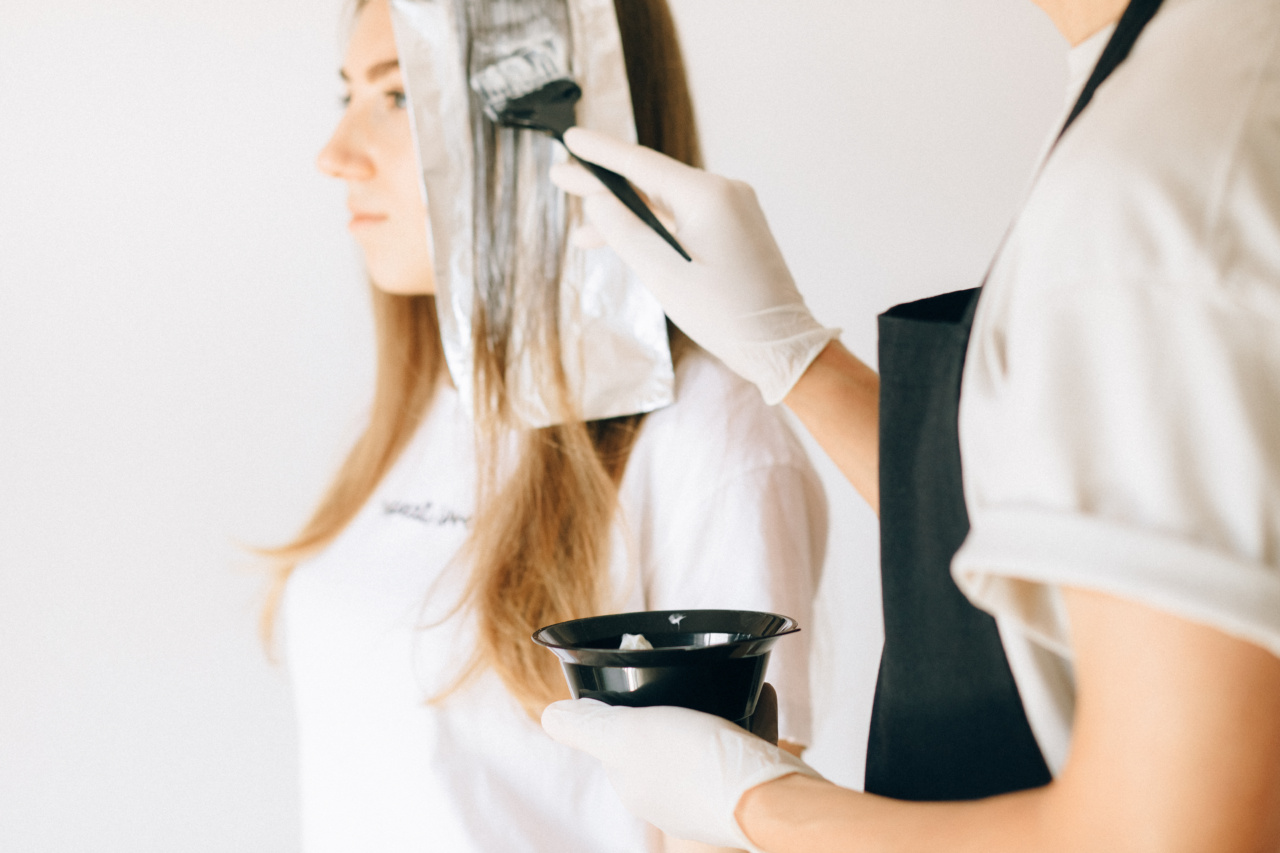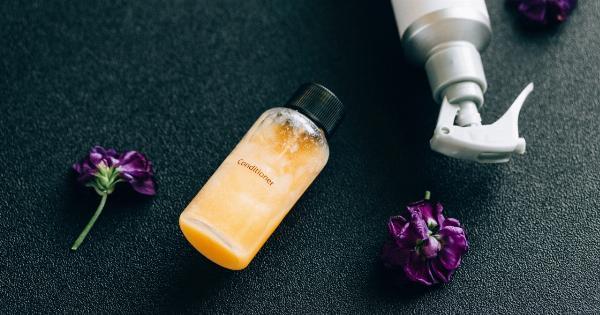Many women desire to have beautiful and fashionable hair, often resorting to various treatments and techniques to achieve their desired look. Two commonly used methods to transform hair are hair dye and straightening treatments.
While these methods can certainly enhance one’s appearance, it is important for women to be aware of the potential risks and hazards associated with them. This article aims to shed light on why women should exercise caution when it comes to hair dye and straightening treatments.
The Dangers of Hair Dye
Hair dye has been widely used for decades to alter hair color. While it may seem like a harmless beauty enhancement, certain ingredients found in hair dye pose potential risks to both the hair and overall health.
Harmful Chemicals in Hair Dye
One of the main concerns with hair dye is the presence of harmful chemicals, such as ammonia and hydrogen peroxide. Ammonia, commonly found in permanent hair dye, is used to open up the hair cuticle and allow the color to penetrate the hair shaft.
However, ammonia can cause scalp irritation, dryness, and even chemical burns if not used properly.
Hydrogen peroxide, another common ingredient, is used to bleach the hair and make it more receptive to color.
However, prolonged and repeated exposure to hydrogen peroxide can lead to hair damage, such as dryness, breakage, and the weakening of the hair shaft.
Allergic Reactions and Sensitivities
Another risk associated with hair dye is the possibility of developing allergic reactions or sensitivities to the chemicals used.
Some individuals may experience itching, redness, swelling, or even severe allergic reactions like anaphylaxis upon hair dye application. This is especially true for those with pre-existing skin conditions or a history of allergies.
Additionally, certain ingredients in hair dye, such as paraphenylenediamine (PPD), have been linked to allergic reactions and sensitivities.
These reactions can range from mild to severe, making it crucial for women to perform patch tests and consult with a professional before using hair dye.
Hair Damage and Breakage
Chemical treatments like hair dye can also cause significant damage to the hair itself. The chemicals strip the natural oils and proteins from the hair, leaving it dry, brittle, and prone to breakage.
Over time, excessive use of hair dye can lead to irreversible damage and even hair loss.
Health Risks
Aside from hair-related issues, some studies suggest a potential association between the use of hair dye and certain health problems.
Research has indicated that long-term use of hair dye may increase the risk of certain cancers, including bladder cancer and breast cancer. However, more research is needed to establish a definitive link between hair dye and cancer.
Furthermore, many hair dye products contain a cocktail of chemicals, some of which are known or suspected to be harmful to human health.
These harmful substances include endocrine disruptors, carcinogens, and other toxic compounds that can be absorbed through the scalp and enter the bloodstream.
Safer Alternatives to Hair Dye
For those concerned about the potential risks associated with hair dye, there are safer alternatives available. Natural hair dyes, such as henna, can provide a gentle and less toxic alternative.
However, it is essential to ensure these products are of high quality and free from additives or synthetic ingredients.
Another option is to explore non-permanent hair dye, which generally contains fewer harmful chemicals. Non-permanent dyes wash out gradually, reducing the risk of chemical build-up and long-term exposure.
Straightening Treatments and Their Hazards
In addition to hair dye, many women also seek straightening treatments to achieve sleek and straight hair. However, these treatments also come with their own set of risks and hazards.
Chemical Straightening Treatments
Chemical straightening treatments, also known as relaxing or permanent straightening, use a combination of chemicals to break the hair’s natural bonds and reshape it into a straighter form.
These treatments can have severe consequences on hair health.
The chemicals used in these treatments, such as sodium hydroxide, guanidine hydroxide, and ammonium thioglycolate, are strong and potentially damaging to the hair. They can strip natural oils, weaken the hair fibers, and cause irreversible damage.
Hair Breakage and Hair Loss
One of the major concerns with chemical straightening treatments is the increased risk of hair breakage and hair loss. The harsh chemicals used in the process can weaken the hair shaft, making it more susceptible to breakage.
Over time, repeated use of these treatments can lead to significant hair loss and irreversible damage.
Scalp and Skin Irritation
Chemical straightening treatments can also cause scalp and skin irritation. The strong chemicals involved can lead to redness, itching, burning sensations, and even chemical burns if the treatment is not performed correctly.
Those with sensitive scalps or existing skin conditions may be at an increased risk of adverse reactions.
Formaldehyde Exposure
Some straightening treatments, such as keratin treatments or Brazilian blowouts, have been found to contain formaldehyde or release formaldehyde gas when heated.
Formaldehyde is a known human carcinogen and can also cause respiratory issues, eye irritation, and other health problems. Women considering straightening treatments should be cautious and inquire about the formaldehyde content in the products being used.
Natural Straightening Alternatives
For women looking to straighten their hair without the use of chemicals, there are natural alternatives available.
Heat-free methods, such as using flat irons or blow drying techniques, can help achieve a straight look without the long-term damage caused by chemical treatments.
Other options include using natural ingredients like coconut milk or aloe vera gel, which can help temporarily straighten the hair without the use of chemicals.
However, it is important to note that these methods may not provide the same long-lasting effects as chemical straightening treatments.
Conclusion
While hair dye and straightening treatments can undoubtedly enhance one’s appearance and transform their hair, women should exercise caution and be aware of the potential risks associated with these methods.
The chemicals found in hair dye and the harsh ingredients used in straightening treatments can lead to hair damage, breakage, allergies, and even health issues. It is always advisable to consult with a professional and explore safer alternatives before undergoing any hair transformation process.






























